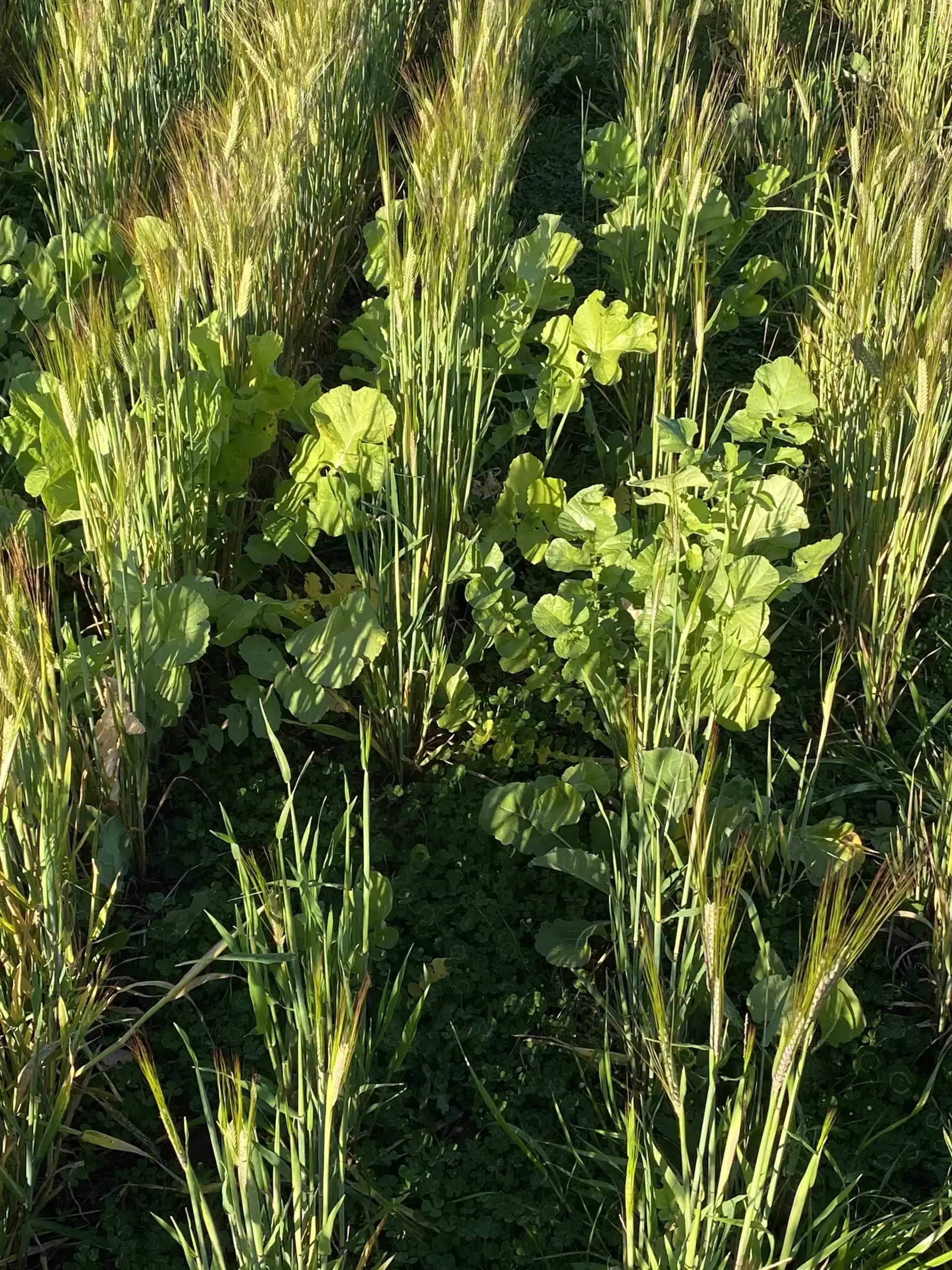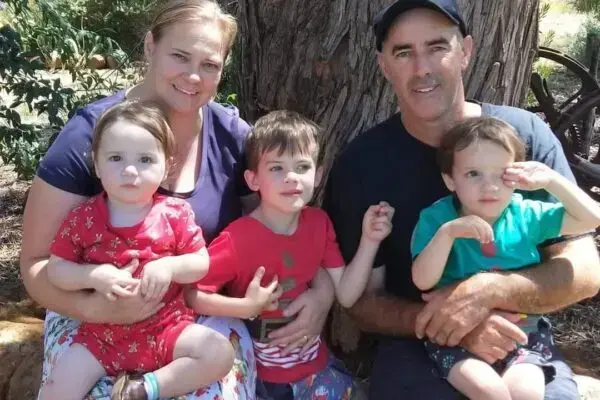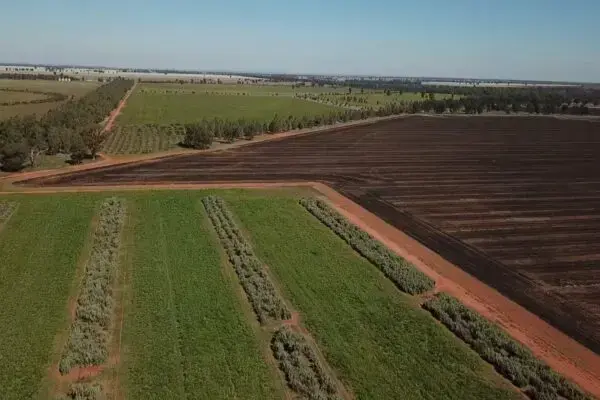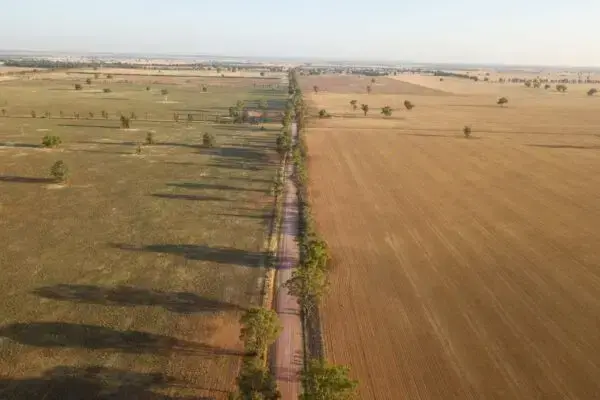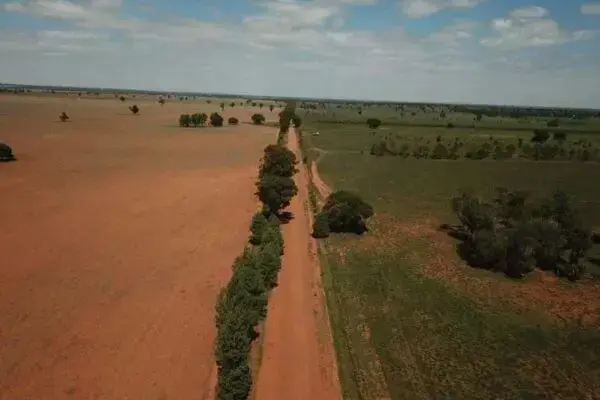Pasture cropping – Flexible management for stable profits and landscape regeneration
When conditions are right, cropping can deliver sky high returns. But it is also high cost and therefore high risk. Conventional cropping requires significant investment in machinery, fuel, fertiliser, herbicides and pesticides. Cropping returns are also highly dependent on weather conditions. Any given year presents the possibility of a big win, but also the risk that all that investment could yield a poor or failed crop if conditions are unfavourable. On top of this, croppers must consider the constant risk of fluctuations in commodity prices.
After decades of intensive use, Colin Seis’ family farm Winona was noticeably degrading with high salinity, declining soil quality, dying trees, and insect attack. After a devastating bushfire in 1979, Colin began to reconsider his approach to farming.
One of the greatest benefits of pasture cropping is that it enables ongoing cropping with more management flexibility and lower risk.
Colin’s solution was to change the way he grew crops by sowing the over the top of existing pasture. He called this ‘pasture cropping’. Colin achieved this by cultivating a mix of pasture grasses dominated by perennial summer active (C4) species like native kangaroo grass, red grass and wire grass. This pasture supports a sheep meat and wool enterprise that provides a stable ongoing revenue source. In Winona’s cool climate, the C4 grasses become dormant in winter, and this along with careful grazing management allows Colin to sow crops directly into the pasture paddocks. These crops can be harvested for sale or for stock feed, or left in the field for forage.
One of the most important things to know about pasture cropping is that it is not specifically designed to deliver high crop yields – indeed, the maintenance of perennial C4 grasses throughout the year means grain yields in any one year are generally lower than conventional cropping. One of the greatest benefits of pasture cropping is that it enables ongoing cropping with more management flexibility and lower risk. Colin’s innovation was finding a way to balance and optimise grass, crops and livestock in an integrated and symbiotic mixed enterprise.
What are the benefits of pasture cropping?
In the right conditions, pasture cropping can deliver:
- Reduced inputs: The combination of approaches means fuel, fertiliser and chemical use can be dramatically reduced compared to conventional cropping enterprises
- Improved soil health and landscape regeneration: The reduction in soil disturbance by machinery, lower use of synthetic fertiliser and chemcials and the maintenance of year-round ground cover enables the soil and landscape to regenerate.
- Improved climate resilience: On Colin’s property he has observed that the prevalence of summer active C4 grasses means his landscape copes better with drought, presents a lower fire risk and recovers better after drought and fire.
- Reduced erosion: Continuous ground cover, zero tillage and minimal use of machinery means naturally fragile soils are protected from erosion.
- Profitability and economic resilience: Lower input costs, diversified income streams and greater management flexibility enables stable profitability and less vulnerability to economic stresses.
See our Winona case study to learn more.
Graham Strong is another farmer who has been pasture cropping on heavier soils near Narrandera in NSW. He sows something over his pastures most years but looks for an early autumn break as a cue to sow more paddocks. Graham is using the pasture cropping process to drive the recruitment of perennial natives and generally has his sheep eat the crops in the paddocks skipping mechanical harvest. His advice:
Graham Strong with his family, and drone shots of his property comparing his groundcover to the surrounding region.
Just get started [and] follow nature, we do not get a choice.
If you think pasture cropping might be for you, here are a few tips to get started:
- Find out more about pasture cropping from Colin Seis or NSW DPI
- Find out if anyone in your region has tried it and talk with them about their experience – Soils for Life’s Facebook page is a good place to start
- Consider attending a course like the SmartSoil Pasture Cropping course
- Be prepared to have a go, experiment and adjust your approach over time
This project is supported by Soils for Life, through funding from the Australian Government’s National Landcare Program.




